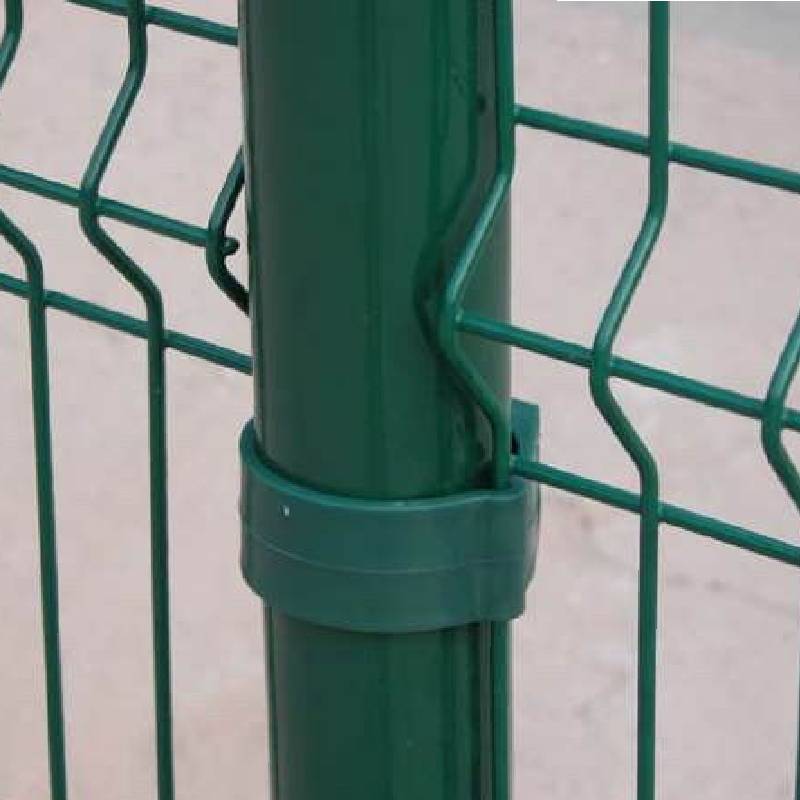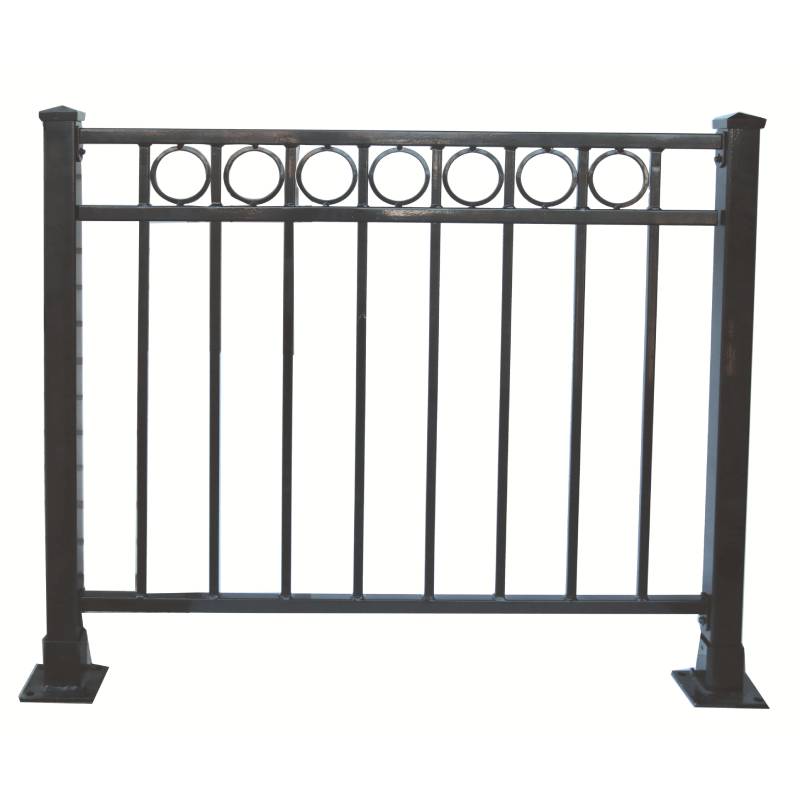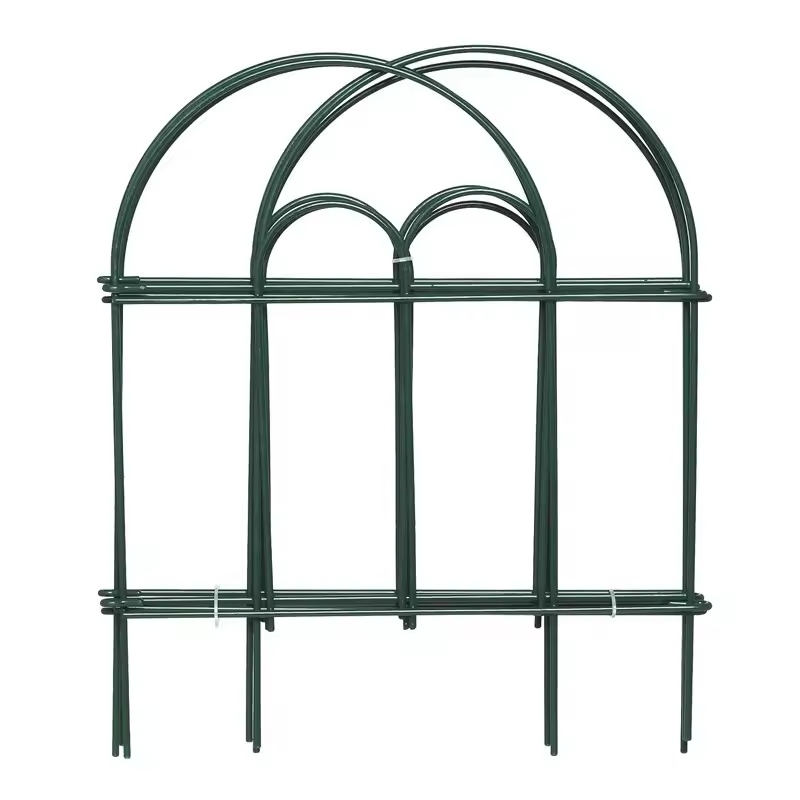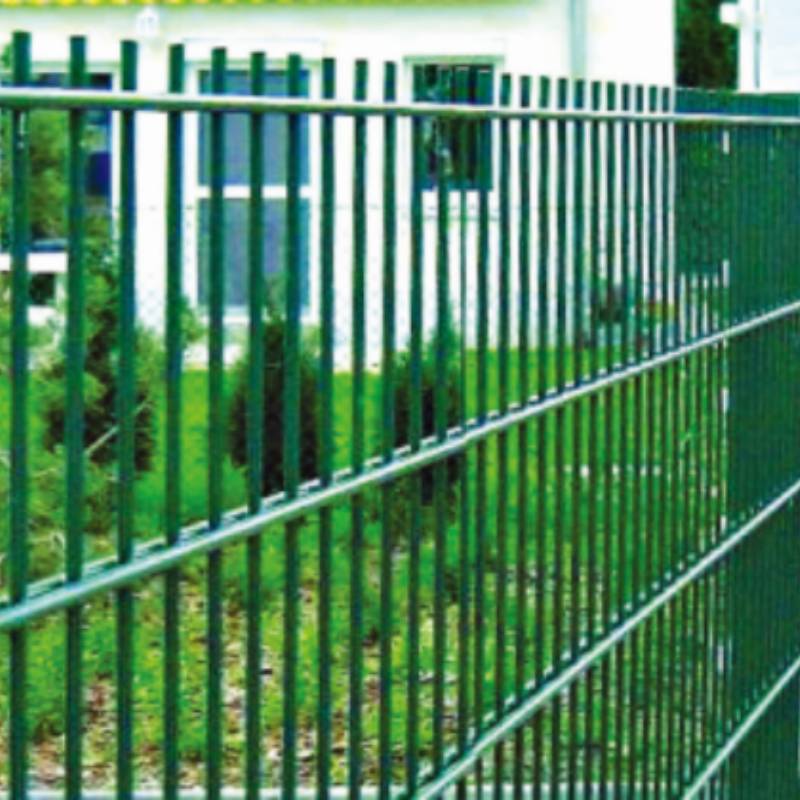-
E-mail:zhao@hyliec.cn
-
Tél :+86 311 85273988
-
WhatsAPP :8613931128750
-
 africain
africain -
 albanais
albanais -
 Amharique
Amharique -
 arabe
arabe -
 arménien
arménien -
 azerbaïdjanais
azerbaïdjanais -
 Basque
Basque -
 Biélorusse
Biélorusse -
 bengali
bengali -
 bosniaque
bosniaque -
 bulgare
bulgare -
 catalan
catalan -
 Cebuano
Cebuano -
 Corse
Corse -
 croate
croate -
 tchèque
tchèque -
 danois
danois -
 Néerlandais
Néerlandais -
 Anglais
Anglais -
 espéranto
espéranto -
 estonien
estonien -
 finlandais
finlandais -
 Français
Français -
 frison
frison -
 Galicien
Galicien -
 géorgien
géorgien -
 Allemand
Allemand -
 grec
grec -
 Gujarati
Gujarati -
 Créole haïtien
Créole haïtien -
 haoussa
haoussa -
 hawaïen
hawaïen -
 hébreu
hébreu -
 Non
Non -
 Miao
Miao -
 hongrois
hongrois -
 islandais
islandais -
 igbo
igbo -
 indonésien
indonésien -
 irlandais
irlandais -
 italien
italien -
 Japonais
Japonais -
 Javanais
Javanais -
 Kannada
Kannada -
 kazakh
kazakh -
 Khmer
Khmer -
 Rwandais
Rwandais -
 coréen
coréen -
 kurde
kurde -
 Kirghize
Kirghize -
 tuberculose
tuberculose -
 Latin
Latin -
 letton
letton -
 lituanien
lituanien -
 luxembourgeois
luxembourgeois -
 Macédonien
Macédonien -
 Malgashi
Malgashi -
 malais
malais -
 Malayalam
Malayalam -
 maltais
maltais -
 Maori
Maori -
 Marathi
Marathi -
 mongol
mongol -
 Birmanie
Birmanie -
 Népalais
Népalais -
 norvégien
norvégien -
 norvégien
norvégien -
 Occitan
Occitan -
 pachtou
pachtou -
 persan
persan -
 polonais
polonais -
 Portugais
Portugais -
 Pendjabi
Pendjabi -
 roumain
roumain -
 russe
russe -
 Samoan
Samoan -
 Gaélique écossais
Gaélique écossais -
 serbe
serbe -
 Anglais
Anglais -
 Shona
Shona -
 Sindhi
Sindhi -
 Cinghalais
Cinghalais -
 slovaque
slovaque -
 slovène
slovène -
 somali
somali -
 Espagnol
Espagnol -
 Soundanais
Soundanais -
 Swahili
Swahili -
 suédois
suédois -
 Tagalog
Tagalog -
 Tadjik
Tadjik -
 Tamil
Tamil -
 tatar
tatar -
 Télougou
Télougou -
 thaïlandais
thaïlandais -
 turc
turc -
 Turkmènes
Turkmènes -
 ukrainien
ukrainien -
 Ourdou
Ourdou -
 Ouïghour
Ouïghour -
 Ouzbek
Ouzbek -
 vietnamien
vietnamien -
 gallois
gallois -
 Aide
Aide -
 yiddish
yiddish -
 Yorouba
Yorouba -
 zoulou
zoulou
Clôture à panneaux
Wholesale Metal Fence Panels ?
Wholesale metal fence panels are a popular choice for those looking for durable and secure fencing solutions. These panels are often made steel materials providing a
strong and long-lasting option for garden fencing. They are available in various designs and sizes, making them suitable for a wide range of applications. Wholesale options offer cost-effective solutions for purchasing metal fence panels in bulk, making them ideal for contractors, landscapers, and property developers looking to install fencing on a larger scale.
Is It Cheaper To Buy Fence Panels Or Build Them?
The cost of buying fence panels versus building them can vary depending on several factors. In general, buying pre-made fence panels can be cheaper and more time-efficient than building them from scratch. Pre-made panels are mass-produced, which often makes them more cost-effective due to economies of scale. Additionally, purchasing fence panels can save on labor costs, as they are typically easier and quicker to install compared to building a fence from individual components. However, building a fence from raw materials allows for more customization and control over the design, which may be a priority for some individuals. It's important to consider the specific requirements, budget, and time constraints when deciding whether to buy or build fence panels.
How To Install A Panel Fence?
To install a panel fence involves several steps:
1. Measure and plan: Determine the length of the fence and calculate the number of panels needed. Plan the layout and ensure the fence posts are installed at the appropriate intervals to accommodate the panels.
2. Install the posts: Dig holes for the fence posts, ensuring they are deep enough to provide stability. Set the posts in concrete and allow them to cure before attaching the panels.
3. Attach the panels: Once the posts are set, attach the panels to the posts using appropriate fasteners such as screws or nails. Ensure the panels are level and properly aligned.
4. Add finishing touches: Depending on the type of panels used, additional finishing touches such as capping, trim, or paint may be required to enhance the appearance and durability of the fence.
5. Maintenance: Regular maintenance, such as cleaning and sealing, may be necessary to ensure the longevity of the fence panels.
It's important to follow the manufacturer's instructions and local building codes when paneling a fence to ensure proper installation and compliance with regulations. If in doubt, it's advisable to consult with a professional or seek guidance from experienced individuals.








